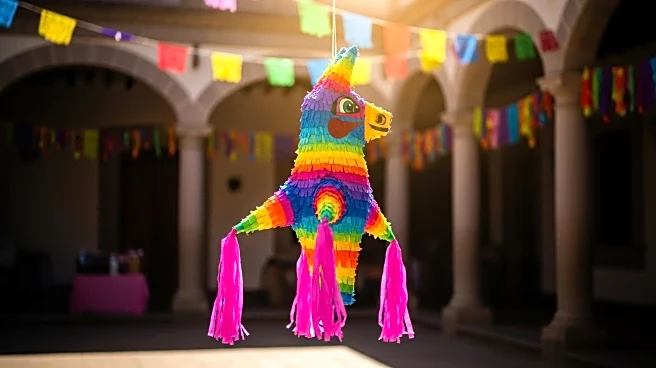What's Happening?
A recent study conducted by Talker Research and commissioned by SMEG USA has found that a significant number of U.S. homeowners rarely use their special occasion items. The survey, which included 2,000 participants, revealed that 64% of homeowners have never used these items, which are often reserved for significant events such as holiday gatherings, anniversaries, and weddings. The study highlights that many homeowners, across generations from Gen Z to baby boomers, wish they could use these items more frequently, with 58% expressing a desire to use them daily if practical. Concerns about damaging these items and the impracticality of daily use were cited as primary reasons for their infrequent use.
Why It's Important?
The findings of this study underscore a cultural tendency among homeowners to reserve certain possessions for rare occasions, reflecting broader societal values around preservation and tradition. This behavior has implications for consumer habits, as it suggests a market for durable and practical luxury items that can withstand regular use. Additionally, the study highlights a potential shift in consumer attitudes towards valuing everyday experiences, which could influence future product design and marketing strategies. The reluctance to use special items daily also points to a broader conversation about materialism and the emotional value placed on possessions.
What's Next?
As homeowners express a desire to integrate special occasion items into their daily lives, there may be an increased demand for products that combine durability with elegance. Manufacturers and retailers could respond by developing and promoting items that are both aesthetically pleasing and practical for everyday use. Additionally, there may be a growing market for services that help homeowners care for and maintain these items, ensuring they remain in good condition for regular use. This trend could also inspire a cultural shift towards celebrating everyday moments, potentially influencing social norms and consumer behavior.










